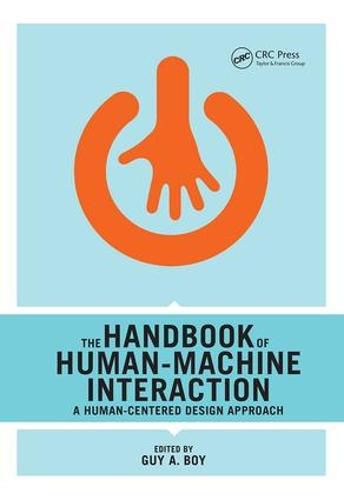Readings Newsletter
Become a Readings Member to make your shopping experience even easier.
Sign in or sign up for free!
You’re not far away from qualifying for FREE standard shipping within Australia
You’ve qualified for FREE standard shipping within Australia
The cart is loading…






The Handbook of Human-Machine Interaction features 20 original chapters and a conclusion focusing on human-machine interaction (HMI) from analysis, design and evaluation perspectives. It offers a comprehensive range of principles, methods, techniques and tools to provide the reader with a clear knowledge of the current academic and industry practice and debate that define the field. The text considers physical, cognitive, social and emotional aspects and is illustrated by key application domains such as aerospace, automotive, medicine and defence. Above all, this volume is designed as a research guide that will both inform readers on the basics of human-machine interaction from academic and industrial perspectives and also provide a view ahead at the means through which human-centered designers, including engineers and human factors specialists, will attempt to design and develop human-machine systems.
$9.00 standard shipping within Australia
FREE standard shipping within Australia for orders over $100.00
Express & International shipping calculated at checkout
The Handbook of Human-Machine Interaction features 20 original chapters and a conclusion focusing on human-machine interaction (HMI) from analysis, design and evaluation perspectives. It offers a comprehensive range of principles, methods, techniques and tools to provide the reader with a clear knowledge of the current academic and industry practice and debate that define the field. The text considers physical, cognitive, social and emotional aspects and is illustrated by key application domains such as aerospace, automotive, medicine and defence. Above all, this volume is designed as a research guide that will both inform readers on the basics of human-machine interaction from academic and industrial perspectives and also provide a view ahead at the means through which human-centered designers, including engineers and human factors specialists, will attempt to design and develop human-machine systems.